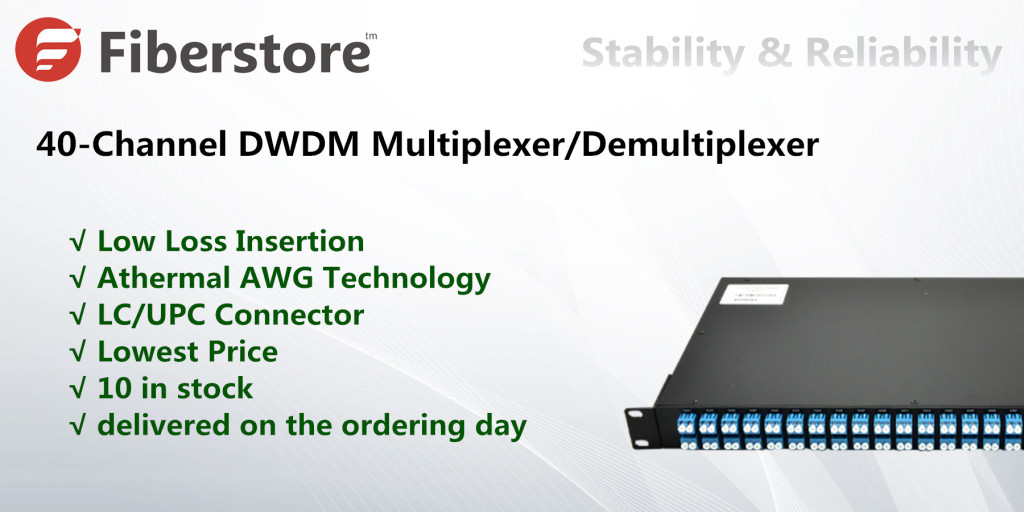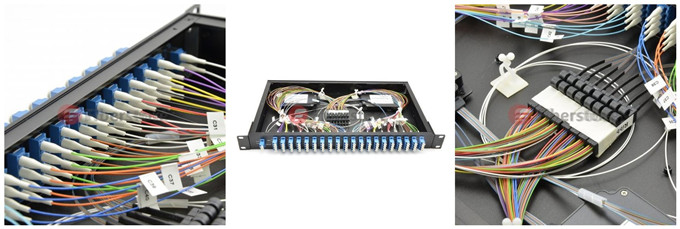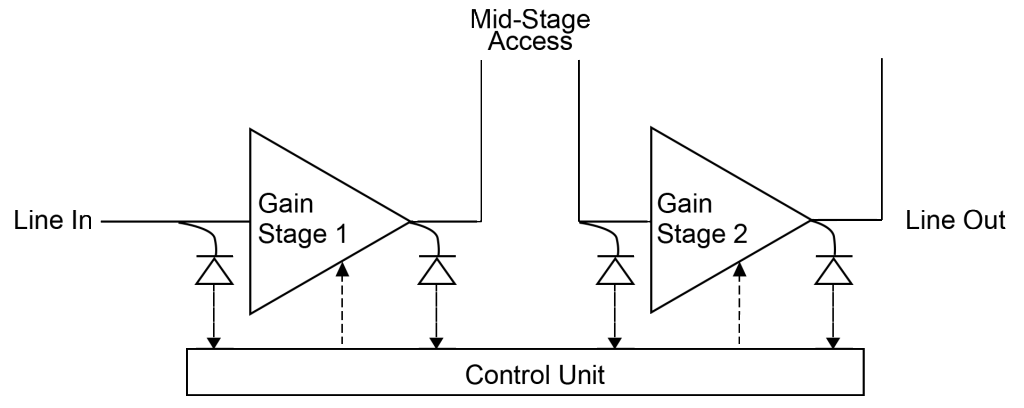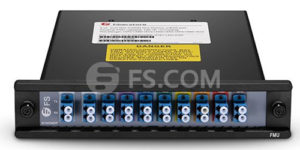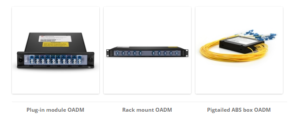As we slip further in the internet era, the internet boom pushed service providers to find a method to increase the capacity on their network in the most economical way. Therefore, two technology come into our sight: DWDM vs. OTN, the technologies that can expand existing bandwidth. To learn more about them and the difference between OTN and DWDM, this article may be of some help.
DWDM Vs. OTN: DWDM Basics
What is DWDM? DWDM stands for dense wavelength division multiplexing. It is a technology to send multiple strands of data through a single network link. In the transmitting end, there is an optical multiplexer converging two or more optical signals at different wavelengths. Whereas in the receiving end, an optical demultiplexer is used to separate the signals, and in this process it is unavoidable to cause signal loss which, however, can be mitigated by the optical amplifier. DWDM connections can therefore be used for transmitting data over long distances as it can increase bandwidth over existing fiber networks.
DWDM Vs. OTN: OTN
OTN stands for optical transport network which provides a network-wide framework that adds SONET/SDH-like features like performance monitoring, fault detection, communication channels, and multiplexing hierarchy to WDM equipment. It works at Layer 1 to gather various tasks into the tunnel of WDM technology, increasing the transmission distance and capacity of fiber optics. It means that OTN frame structure combines the flexibility of SDH/SONET technology with the bandwidth expandability of DWDM, thus it can provide functionality of transport, multiplexing, routing, management, supervision, and survivability of optical channels carrying client signals.
The optical transport network is designed to deliver a transparent framework to efficiently carry diverse traffic types, which can decrease ACPEX/OPEX in networks and at the same time address dramatic shifts in traffic types. All in all, the charming of the OTN can be translated into two words: transparency and manageability.
Difference Between DWDM and OTN
DWDM is a point-to-point system while OTN, composed of optical cross-connector (OXC) and optical add/drop multiplexer (OADM), possesses functions like optical cross-ability and wavelength conversion. The OTN grows on the basis of DWDM technology with the aim of optimizing the existing resources of transportation network. In addition to providing large capacities of DWDM transmission, OTN permits the switching of different DWDM channels according to the needs of traffic.
In addition, as it has been proven that it is possible to tap a fiber optic cable and extract data streams, people have paid much more attention to data security over DWDM links. In contrast, OTN-channelized links and effective partitioning of traffic onto dedicated circuits bring a high level of privacy and security, preventing hackers who sneak in some section of the network from intercepting data or gaining access to other areas.
We can say that OTN network excels DWDM networks in its enhanced OAM, security and networking capabilities for wavelengths and standard multiplexing hierarchy and end-to-end optical transport transparency of customer traffic.
Conclusion
DWDM vs. OTN, the topic being addressed in this article, makes sense for those who want to better utilize them and is worthy of being explored further. Though there are indeed differences between OTN and DWDM, the two technologies are irreplaceable and have become the key point in the telecommunications infrastructure for regional networks as the allows bandwidth over existing networks. FS focuses on providing customers the best technical support, engineering cost effective and scalable solutions for metro and long-haul DWDM network. For more details, visit this website.

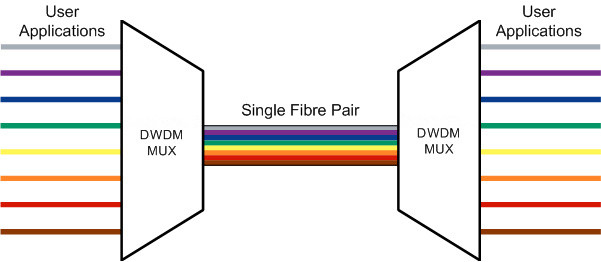

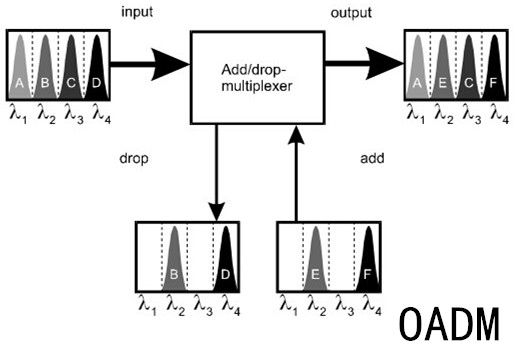
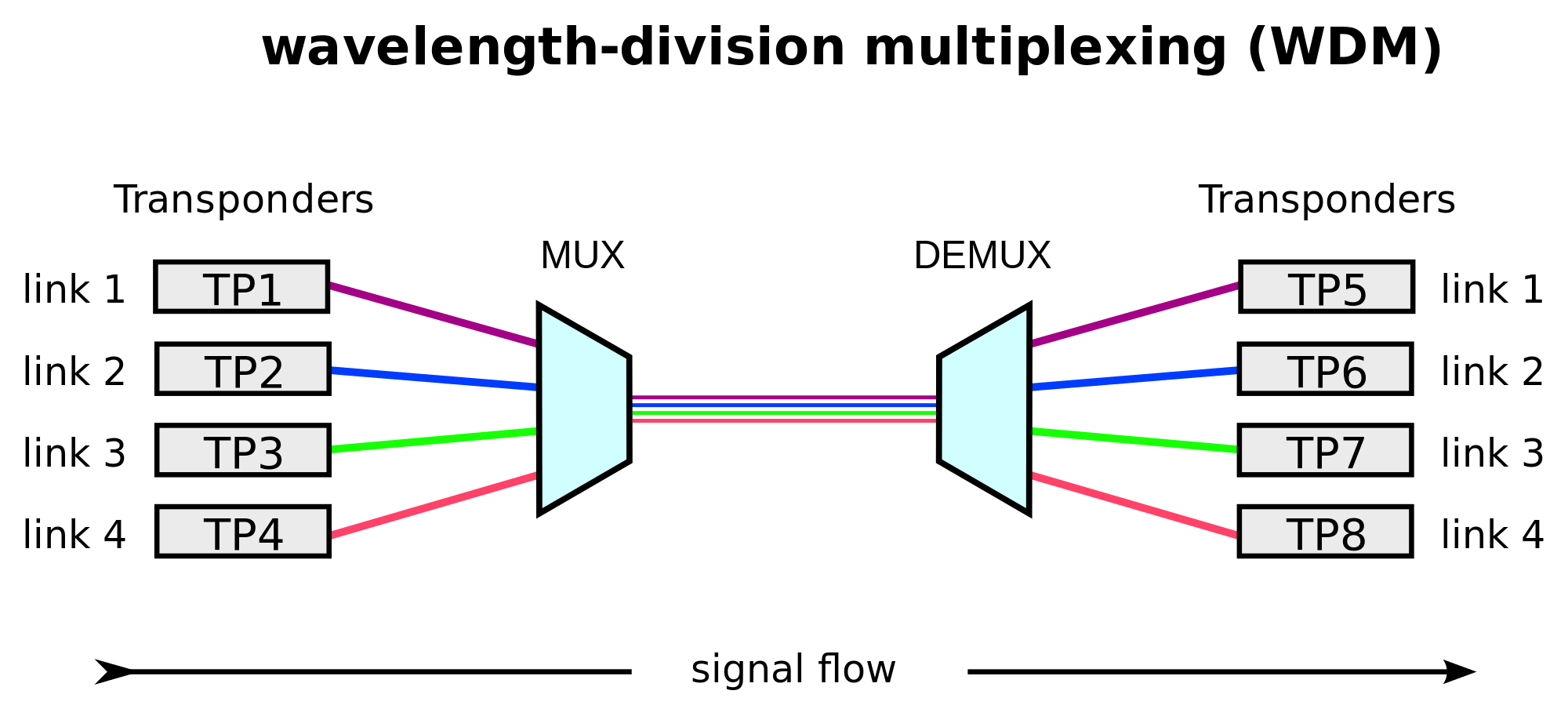
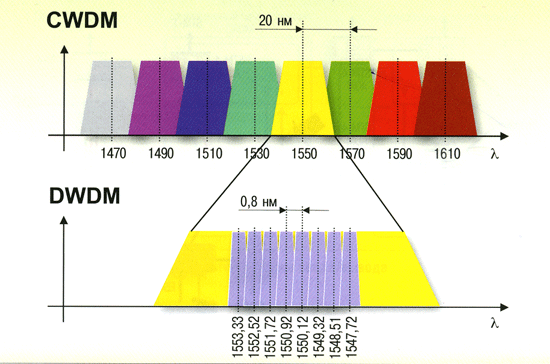
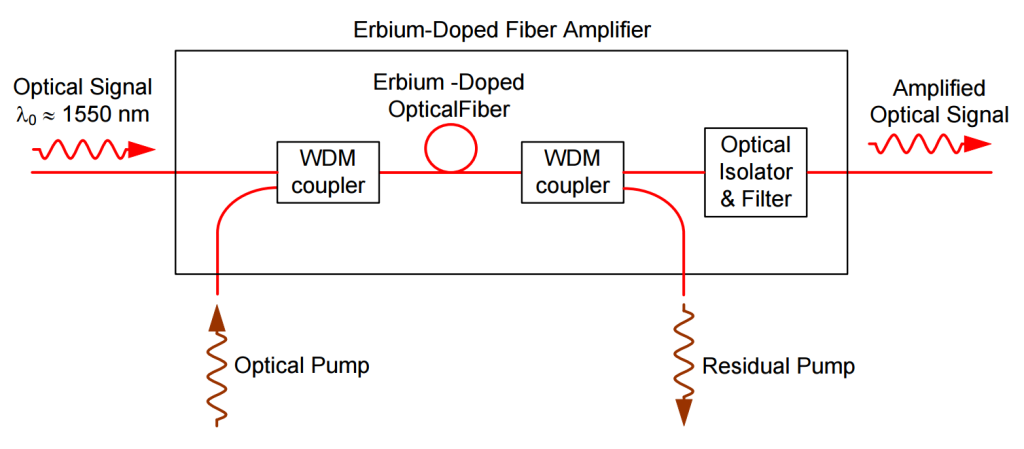
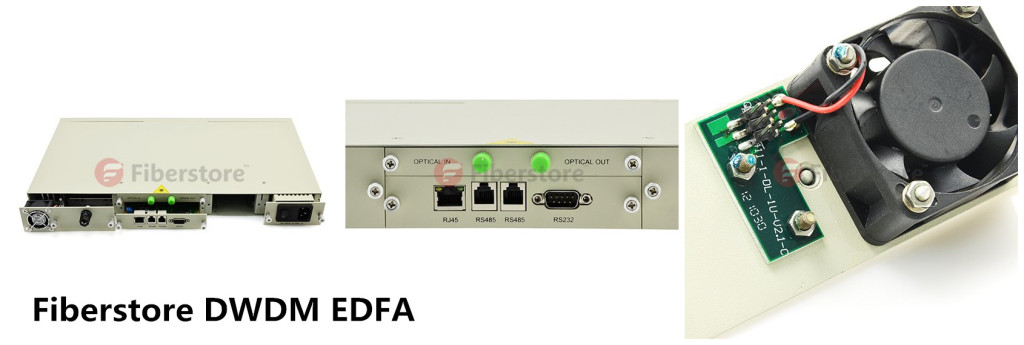 Selecting the right EDFA seems not an easy thing. However, if you are not sure about the types and numbers of EDFAs, you can visit
Selecting the right EDFA seems not an easy thing. However, if you are not sure about the types and numbers of EDFAs, you can visit 